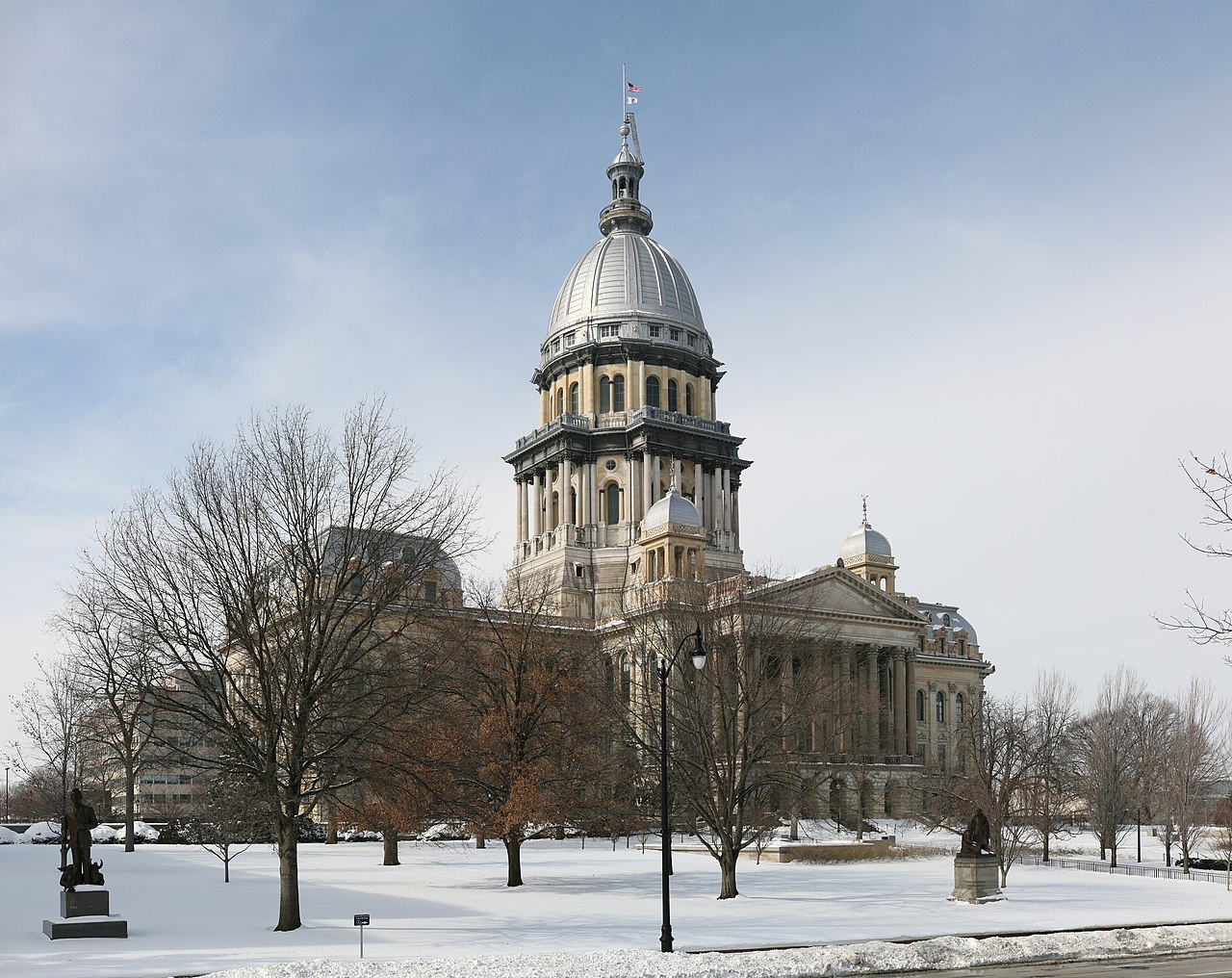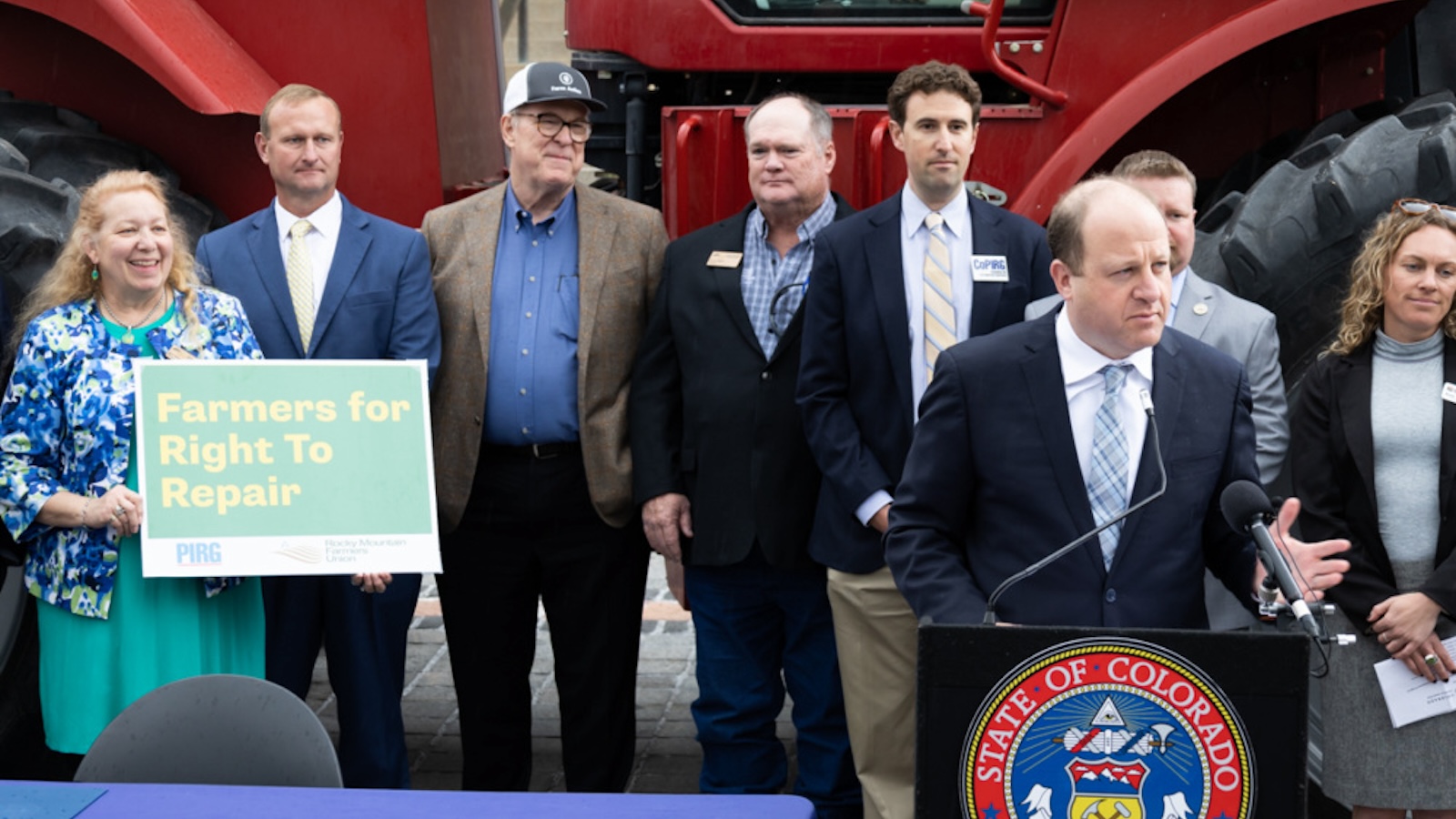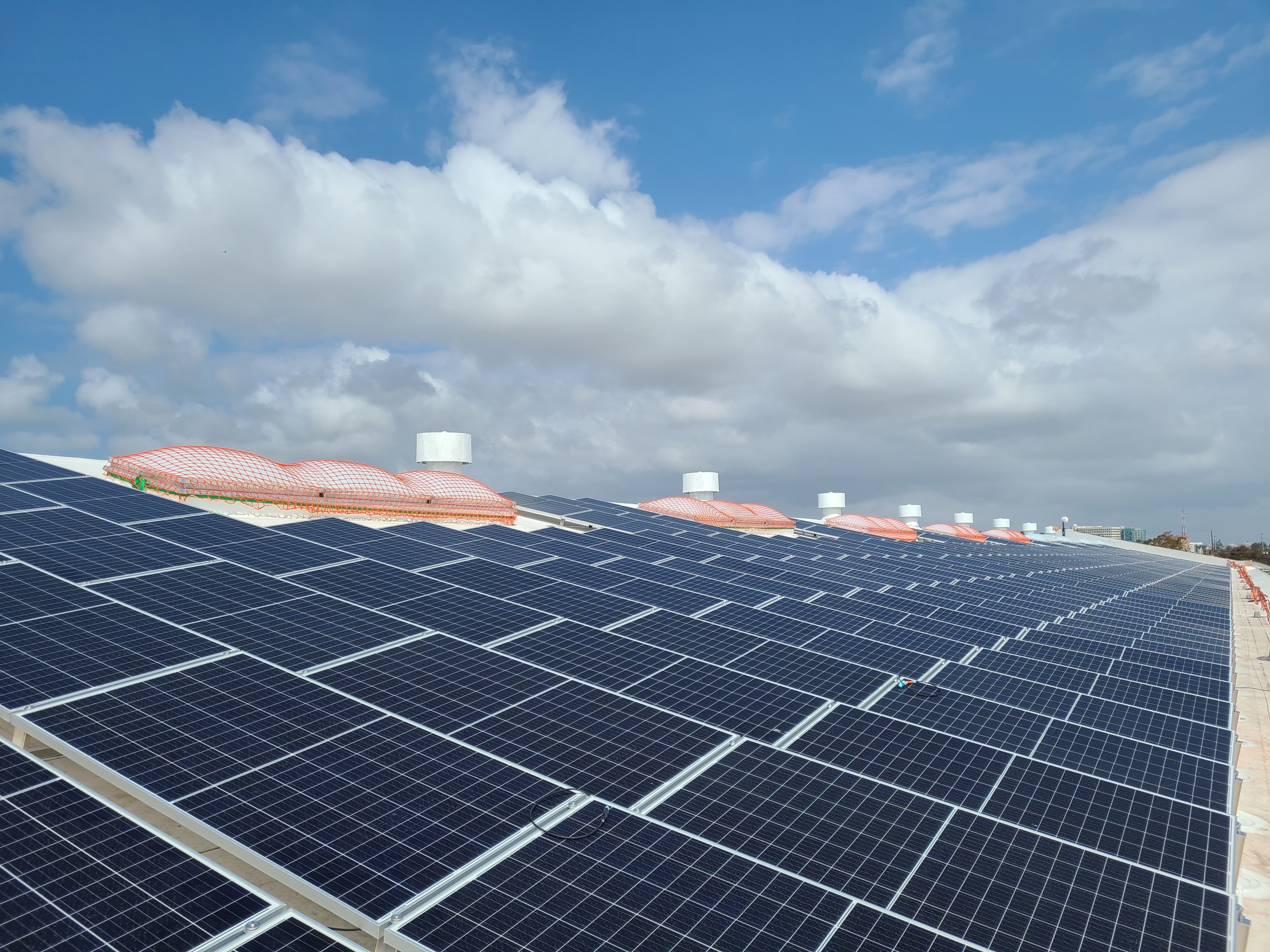It’s time to reconsider cooking with gas
The Zero-Emission Homes Act can help Americans make the switch to electric cooking

As someone who rents an apartment, I don’t have much of a choice when it comes to the type of major appliances in my kitchen. And until recently, this wasn’t something I thought too much about. However, this month, I moved into my first post-college apartment in Boston, and, for the first time in my life, I found myself in a kitchen with a gas stove. In my parents’ home, we have an induction cooktop — which I enjoy using, and my mom will never stop raving about. But I didn’t immediately mind using the gas stove. It looks a little old-fashioned compared to what I’m used to, but with all the excitement of moving into a place, I barely registered the change.
That is until I started learning about the health risks associated with gas-powered stoves. Now, I can’t boil a pot of water without thinking of the toxic pollutants I’m inhaling.
Gas stoves are a health hazard — although most people think of the appliance in an overwhelmingly positive light. The first thought for most people is that these stoves are a good option. After all, they are the choice of serious chefs. They are fast at heating up and they’re useful when it comes to precise temperature control. But consumer experience shows that much of those claims are myths. Regardless, none of those supposed advantages are more important than the fact that these stoves use methane gas.
Burning methane gas releases nitrogen dioxide (NO2), which can be toxic for humans. Unfortunately, children are hit hardest by the health burdens from regularly inhaling this pollutant. Studies show that using a gas stove inside can worsen existing symptoms, as well as cause asthma, especially for children. Years ago, the Environmental Protection Agency studied the impacts of NO2 on indoor air quality and concluded that in homes with gas stoves, levels of NO2 exceeded what would be considered legal outdoor levels. The EPA recommended steps to reduce exposure, such as buying an exhaust hood. However, there are still no real standards to address levels of NO2 indoors.
Ventilation can help, but many models of exhaust hoods are either not powerful enough for the area space of the kitchen, or they don’t vent outside, and just recirculate dirty air. Also, there’s virtually no requirements or regulation when it comes to buying a hooded vent with a gas stove. And for that reason, most people don’t realize how important they are for proper ventilation.
If that everyday danger isn’t enough, it’s important to recognize that cooking with gas is also cooking our planet. The gas we burn in our stoves is primarily made up of methane, a potent greenhouse gas that warms the planet with 28 times the strength of carbon dioxide. The construction of each new home with new methane gas lines could equate to at least an additional 15 years of use, which, when we’re trying to fight a climate crisis, is 15 years too long.
So gas stoves are bad for human health and bad for the climate. However, most people are like me. Up until a few weeks ago, while I was aware of the health issues associated with gas production, I had no idea about the dangers of actually using gas for cooking.
Of course, this is no accident. For years, the gas industry has been working hard to convince people that fossil fuel-powered stoves are clean, safe and better than electric alternatives. Take the term “natural gas.” It’s designed to sound clean. It’s natural, after all! Indeed, when natural gas was first introduced to the public, it was hailed as the clean alternative to dirty fossil fuels, and it’s been able to keep a firm grasp on this reputation ever since. And while gas doesn’t produce as much carbon dioxide as coal, that doesn’t mean it’s actually clean. Emissions from the gas industry are currently growing so rapidly that the sector poses one of the biggest challenges to addressing climate change.
In more recent years, the industry has gone even further in their quest to convince people to keep using gas stoves. The gas industry has paid influencers and social media chefs to promote gas stoves, which has led to the appliance being the default choice for anyone who is serious about cooking. However, in a recent Consumer Reports article, the induction stovetop beat out a gas stove in every category — induction, which relies on magnetic heating, is great for precise temperature control and quick heating. They are also ultimately much safer and more energy efficient. And of course, since there’s no burning gas, they don’t pose the same health risks that a gas stove does.
After learning all this, one of the first things I noticed was that there was no hood installed over my gas stove. If I had moved into this same apartment a year ago, I probably wouldn’t have given it a second thought. But now, cooking meals in my tiny kitchen throws me into inner turmoil. Beyond my own health, I can’t stop thinking about the previous tenants, who lived in the space for six years before I moved in.
Indoor gas pollution has a greater impact on people who live in smaller spaces, and more often than not, people who live in smaller spaces are renters, low-income families or people of color. These groups also suffer from asthma at higher rates than the rest of the population. In addition, national data shows us that gas stoves without properly vented exhaust hoods are more common in inner city households, where the kitchen spaces are normally smaller than those found in suburbs, and as such, proper ventilation is all the more crucial.
No one should be subject to dangerous pollutants in their home, especially when there are better options. Electric or induction stoves are better options. They don’t emit the same pollutants into people’s homes as gas stoves, and as we integrate more renewable energy into the grid, electric stoves will become even cleaner.
But it’s not as simple as swapping out one stove for another. The cost can be a barrier. We need to give homeowners and landlords alike the tools they need to make the switch to the cleaner, healthier option in our kitchens.
To help address this problem, Sen. Martin Heinrich of New Mexico, along with 11 other senators, recently introduced the Zero-Emission Homes Act, a bill that would establish a rebate program for electric appliances, making the environmental and health benefits of home electrification more accessible to all Americans. The Zero-Emission Homes Act would help encourage Americans to choose electric when replacing their aging appliances, specifically by offsetting what can be intimidating upfront costs through rebates of $10,000 to $14,000, depending on the income level of the household.
Once the initial costs are no longer a burden, those who take advantage of the rebate can expect immediate reductions in energy bills. Contractors who perform the installations are also incentivised with bonuses up to $500. The benefits of this transition would be major– a Rewiring America report found that electrification can generate thousands of jobs, help households collectively save billions of dollars a year on energy bills, and of course, address the increased risk of asthma for children who live in homes with gas stoves.
Millions of Americans have gas stoves in their homes right now. The Zero-Emission Homes Act won’t suddenly get rid of all of them, but it can help give families better options, and it’s an important step toward ensuring our kitchens keep us healthy and don’t contribute to climate change. Congress should protect public health and pass the bill to make electric stoves and other zero emission appliances more accessible to more Americans.
Support the Zero Emission Homes Act
Relying on dirty gas for our appliances keeps us in the past, and it's also hurting our health.The Zero-Emission Homes Act can help make switching to clean, electric stoves and other appliances more accessible for families across the country.
Topics
Authors
Erin Skibbens
Find Out More

Our 2024 priorities in the states

Celebrating new protections taking effect in 2024

A look back at what our unique network accomplished in 2023

